Read about my complete Uinta Highline Trail experience, including prep, gear, logistics, and post-hike impressions.
I think the most stressful parts of planning for backcountry hiking involve food prep and power storage. I’ve written before that I am unapologetic about my power consumption on the trail. On any given day, I use about 2750 mAh of power. I listen to audiobooks or music nearly all day on my smartphone and I utilize a GPS map for primary navigation. I take copious photos and videos and stitch them together into videos. I also carry my Fitbit Blaze smartwatch and need to recharge my Black Diamond ReVolt Headlamp as necessary.
On weekend hikes, my 10,000 mAh Anker Powercore Portable Charger packs more than enough juice to power all of my devices. For my John Muir Trail (JMT) hike last year, I bought a second 10,000 mAh charger to ship to myself in my resupply bucket. The first battery bank supplied me with power for the first 5 days with a recharge at Red’s Meadow on day 2. Then I recharged both chargers overnight at Muir Trail Ranch to get me through the next 6 days. That combined 20,000 mAh of power just barely got me to Lone Pine, California, after descending the Whitney Portal on day 11 of my hike.
If you think you can just divide the maximum mAh of the charger by your smartphone’s power capacity to determine how much juice you need for a trip, you’re mistaken. Portable chargers lose a little power every day. In cold weather, they lose even more. I ended up sleeping with my chargers in my quilt at high altitudes during the final stretch of my JMT hike just to preserve the little power I had left. I did a pre-dawn ascent of Mt Whitney and was terrified that my headlamp might lose power on the icy ledges leading to the summit.
The power problem
I’m preparing to hike a 65-mile section of the Uinta Highline Trail (UHT) over 5½ days. One 10,000 mAh portable charger will not be enough to keep my devices charged. I could take the other portable charger, but I’m loaning that to my girlfriend who will be on her first real backcountry hike. I very much want to make this hobby easy and enjoyable for her. So I’ve been left to decide how to fill the power gap on this trip.
In a perfect world, I would own one 10,000 mAh portable charger and another 20,000 mAh portable charger for longer trips. That would cover 99% of my backpacking trips each year. But since I usually have access to 20,000 mAh of power by combining portable chargers on those trips, it doesn’t make sense for me to drop good money just to duplicate my current power capacity without any real weight savings. So I’ve decided to go a different route.
The power solution
The UHT section we’re hiking is in the High Uintas. We’ll be above the treeline for most of the trip. That means there will be limited shade. Limited shade means plenty of sunlight. Plenty of sunlight means a solar panel will be effective. Since I already have battery banks/chargers, I don’t need a panel with capacity built in. That means I can save weight.
After considerable research, I chose a 5-watt monocrystalline solar panel from Renogy. The panel weighs 6.81 ounces, including the carabiners. The 10,000 mAh portable charger weighs 6.98 ounces, including the charging cable and micro-USB to USB-C adapter for my phone. That puts the total weight for my power set-up at 13.79 ounces. That’s slightly lighter than what I carried with two 10,000 mAh chargers on the JMT.
If you shop through any Amazon link on this website, you support me at no cost to yourself. Learn more in my disclosure.
The panel will be situated on the top of my black, roll-top backpack. A charging cable will run through the hydration portal on my pack to the portable charger inside. If I have to take my pack off to put a rain jacket on, then I’ll tuck the panel inside my rain-resistant pack as well. Otherwise, the panel will be exposed to the sun all day. That’s necessary because solar panels are comically inefficient. This one clocks in at around 18%. That means that only 18% of the energy that reaches the solar cells will be converted to electricity. And that’s in full sun. If it’s overcast, the rate goes down. So it’ll take all day to generate enough power to recharge my smartphone. But I’ll be outside all day anyway, so I hope it works out.
Remember, I don’t need to generate a full recharge for my smartphone every day. I’m already carrying around 3–4 days’ worth of power in my 10,000 mAh portable charger. I just need to top off that power bank with new electricity as the trip goes on.
Pre-hike impressions
I’d feel more secure if I had a 20,000 mAh portable charger that offered guaranteed power, but buying a bigger charger seems superlative. I would never carry it on my typical trips. Plus, I like the idea of being able to generate new power with a solar panel on camping trips, at multi-day music festivals, and in the event of an emergency.
I’ve done some testing on my back deck by plugging my smartphone directly into the solar panel. It charged, but I didn’t have a long enough testing period to extrapolate how long it will likely take to completely recharge my devices. Plus, whatever direct sunlight I get on a stationary deck railing is not going to be an accurate representation of what I can expect while traipsing around the mountains over 5½ days.
After the hike, I’ll post my impressions with the tech, the set-up, and whether I would take the same approach again.
Post-hike impressions
The weather moves fast at high elevation. We ran into a hail storm not long after reaching the base of North Pole Pass on our first day in the High Uintas. I decided it was too risky to attempt to summit about 30 minutes before the ice started falling. Besides the obvious danger of exposure and lightning strikes, we risked having to descend into the western valley in darkness.
Later that night, when huddling in our tent, we realized that my girlfriend’s headlamp was not in her pack. Neither was her battery bank. We had left them in the duffel bags with the rest of our town clothes in the trunk of the rental car. After all of my careful planning, we were alone in the wilderness with two smartphones, a rechargeable headlamp, a FitBit, and a battery bank that might charge everything two times. Trying to maintain power would have been hopeless without the solar panel.
The solar panel worked about as well as I expected. We quickly established a rule that if the sun was shining, something needed to be plugged into the panel. The battery bank was usually plugged into it, but I would occasionally plug one of our phones directly into it. I didn’t really have time to take exact measurements, but for every 45 minutes of charging in direct sunlight (during a lunch break), my phone would charge by around 6–7%. So over 12 hours of hiking in sunlight, the panel generated enough juice to fully recharge my phone.
That might not sound like enough when we have two smartphones to power, but I didn’t need the panel to fully recharge both of our devices each day. I just needed to it to partially recharge the battery bank. I was okay with diminishing returns as long as those returns diminished over 5 or more days. This was a game of kicking the can down the road.
I never rationed our power. We had conversations about it, but it never came to that. We just made a point to keep the panel out as long as possible in the best light possible whenever we stopped. Otherwise, it was fixed atop my pack.
On the fourth day, we hitchhiked back to Hayden Pass and grabbed the second battery bank and headlamp out of the trunk. So we never had to make the tough decisions like who wouldn’t be allowed to listen to music, an audiobook, or have the ability to take photos because of our power shortage.
Like I said before, I don’t think I would justify the weight of the solar panel in densely shaded areas like the southeastern USA. It simply wouldn’t make sense. But I would absolutely commit to taking the solar panel each time I backpack in an area where I have access to direct sunlight for most of the day.
Next: UHT Gear List

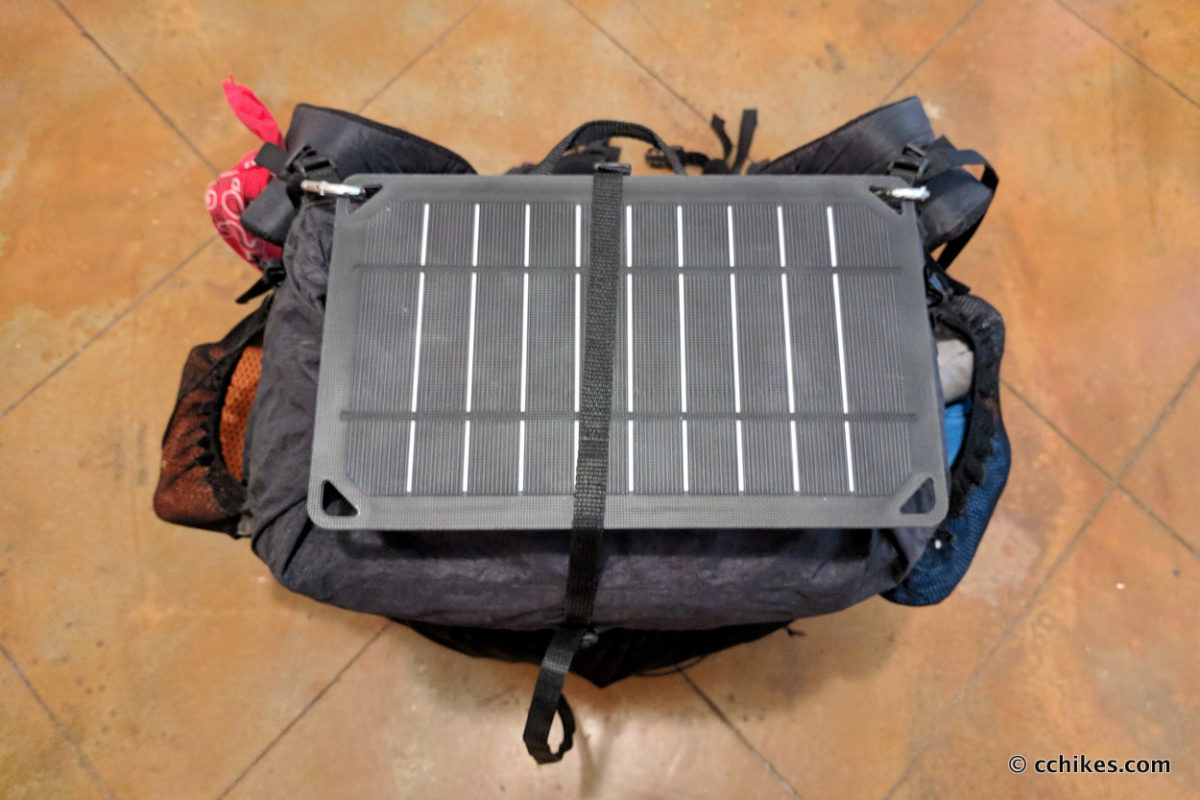
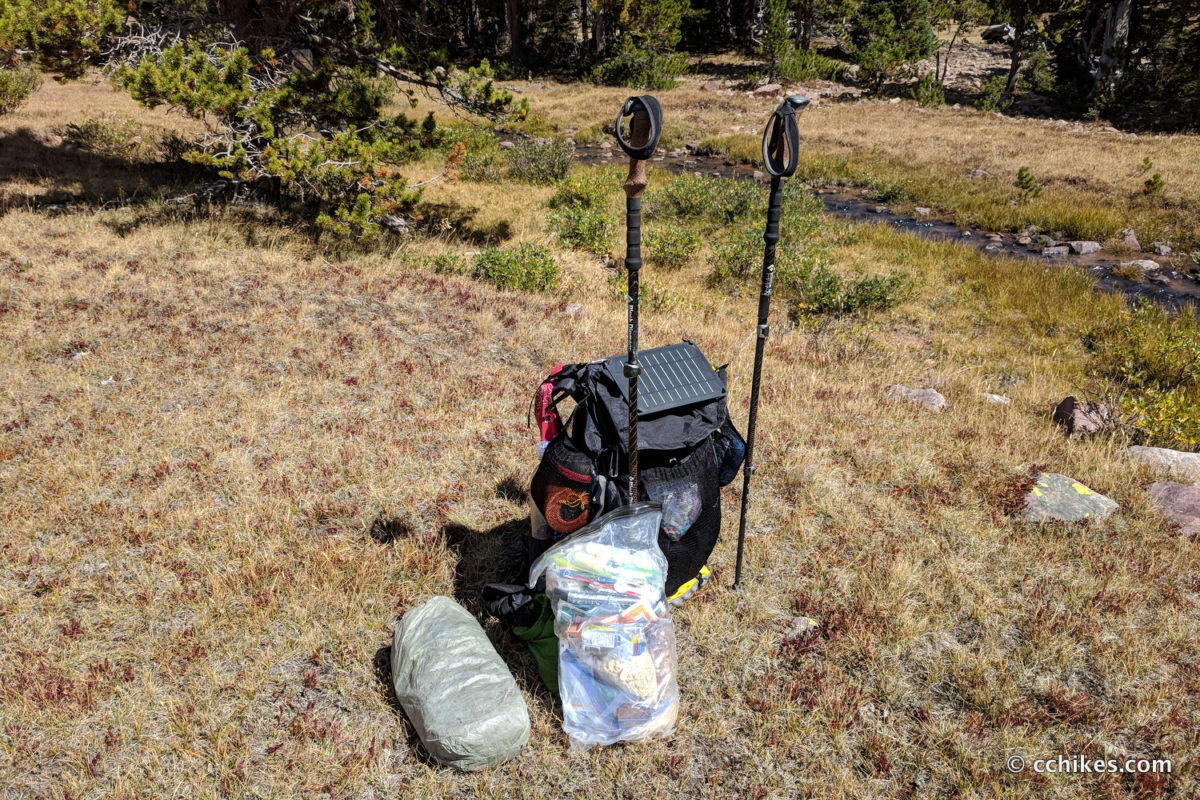
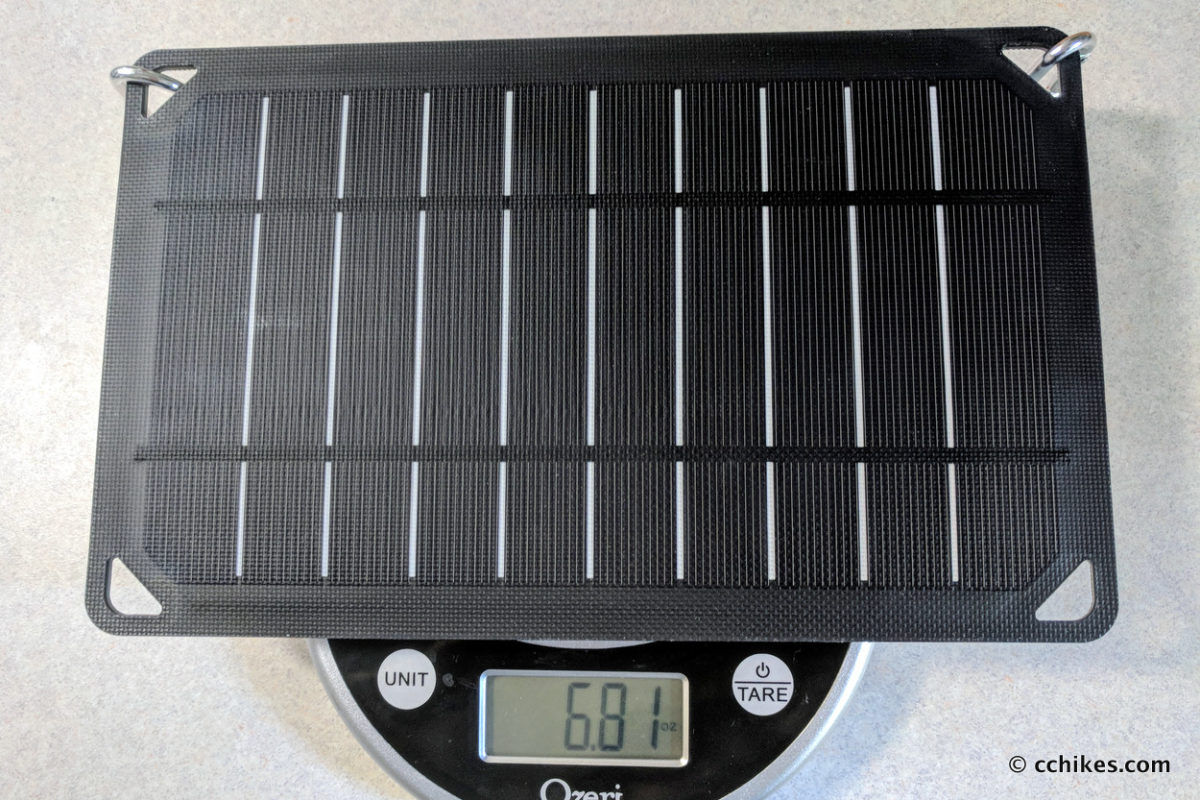
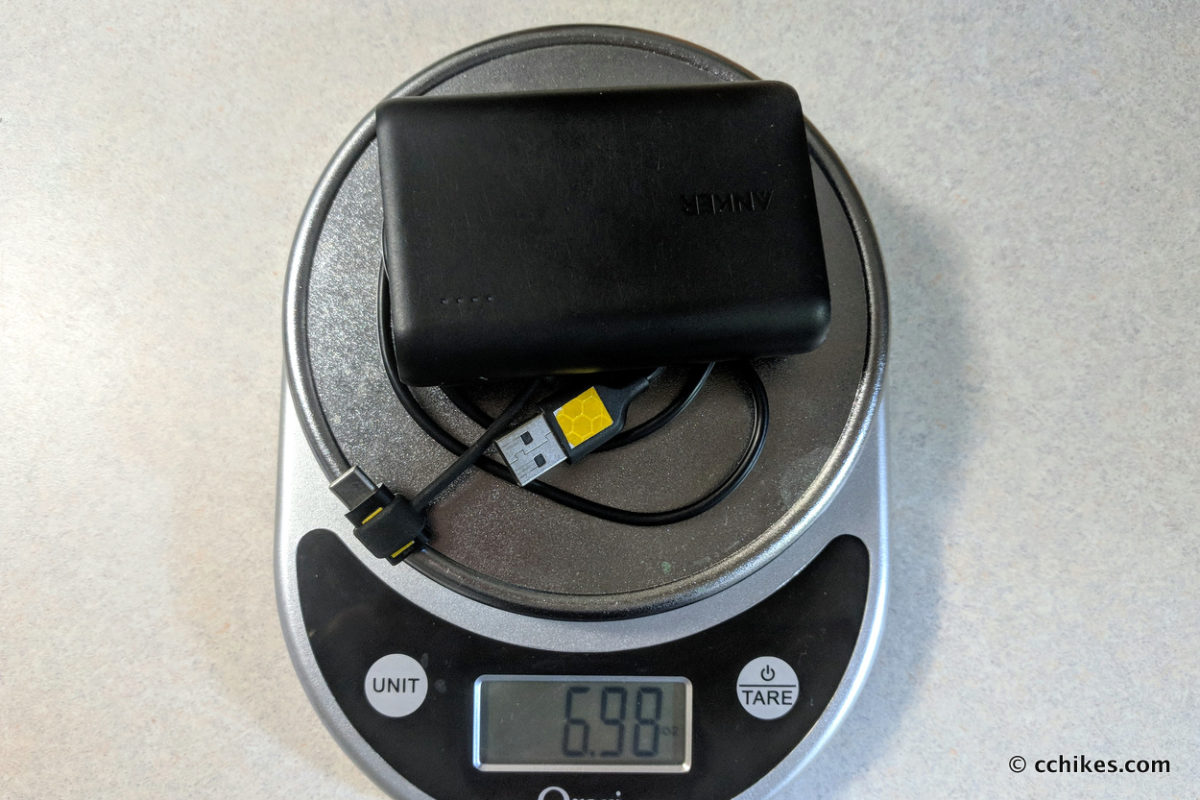
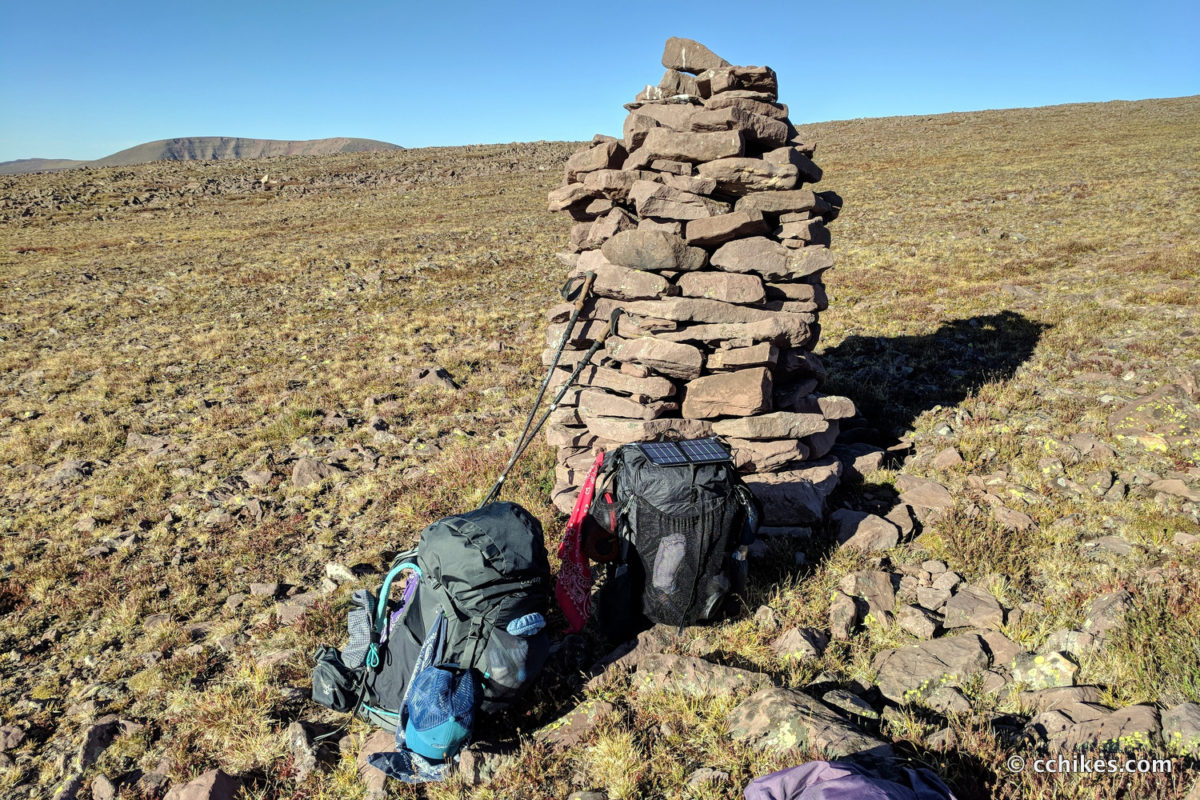
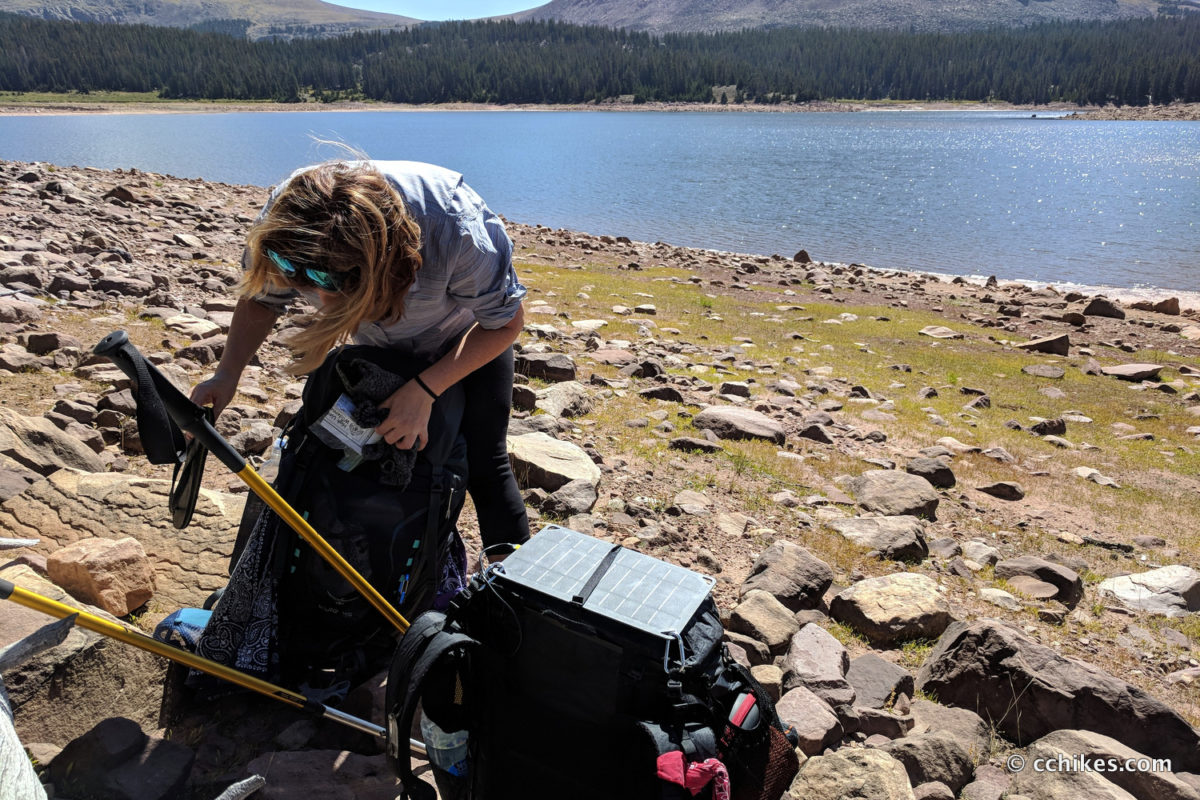



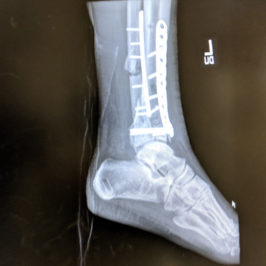


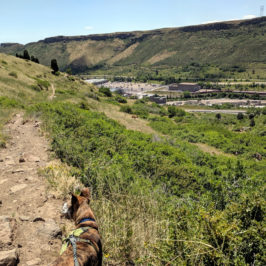

Leave a Reply